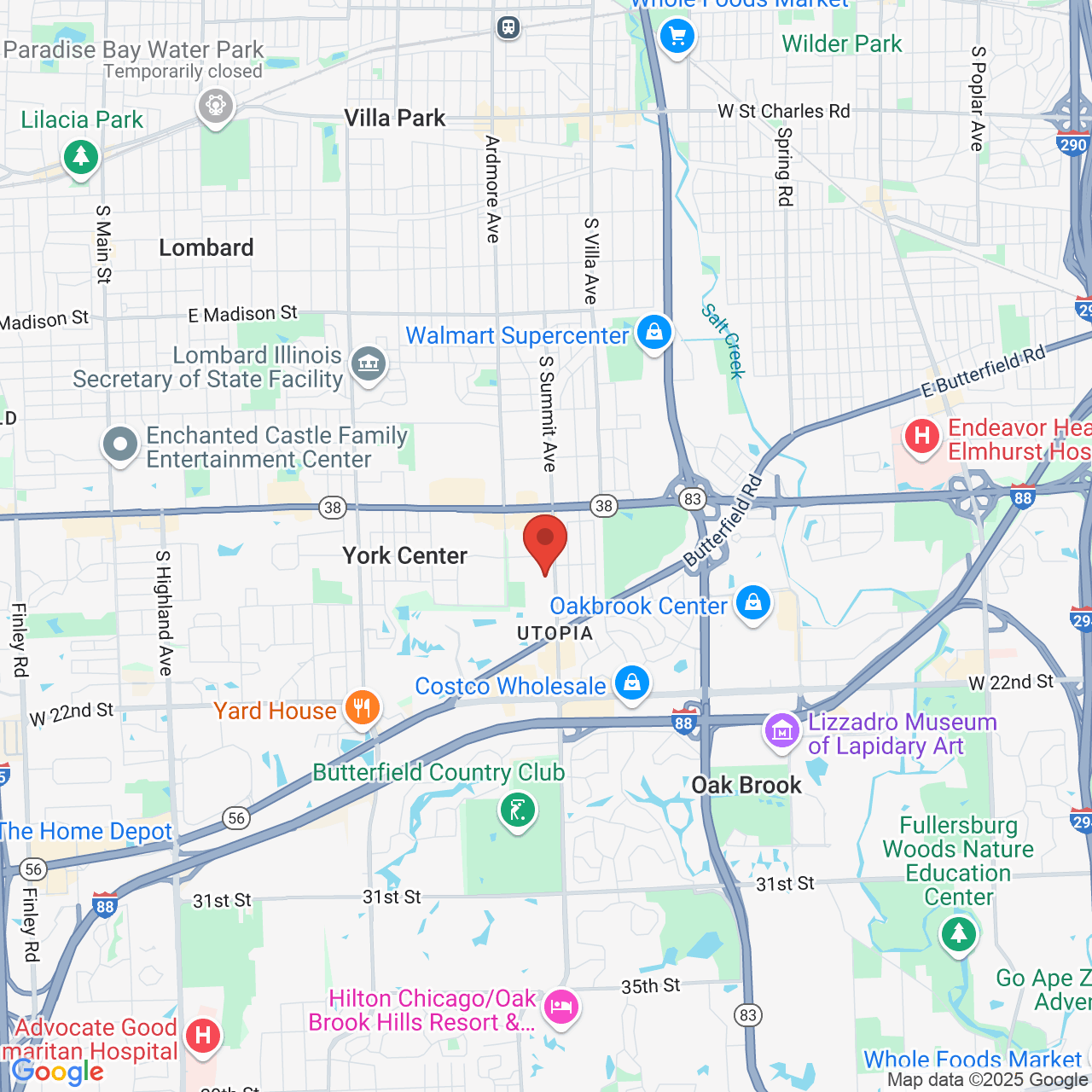What Is the Right Level of Pre-op Baldness for Hair Transplants?
 Thinning hair can have a negative impact on your self-esteem and confidence. That is why our Chicago, IL team offers a wide range of surgical hair loss treatments to fill in thinning areas and restore your hairline. Patients have many options to choose from, including donor strip harvesting and Follicular Unit Extraction (FUE).
Thinning hair can have a negative impact on your self-esteem and confidence. That is why our Chicago, IL team offers a wide range of surgical hair loss treatments to fill in thinning areas and restore your hairline. Patients have many options to choose from, including donor strip harvesting and Follicular Unit Extraction (FUE).
But, what is the right level of pre-op baldness for hair transplants? Here, our team discusses how much existing hair is required prior to these treatments and explores a few other elements that can determine your candidacy.
Hair Transplant Treatment Options
Advances in hair restoration have led to the development of several new-and-improved techniques. For example, we use many methods to help our patients achieve dramatic, natural-looking results, including:
- Lateral Slit Technique
- Stick-and-Place Technique
- Follicular Unit Preparation
- Trichophytic Closure
- Megasessions
We can even improve the results of previous hair transplants or conceal facelift scars with these advanced techniques and practices.
When it comes to hair transplants, there are really only two primary methods:
- Follicular Unit Transplantation (FUT): Also referred to as donor strip harvesting, this technique requires the removal of a small section of hair, typically taken from the back or sides of the scalp. Once obtained, your surgeon will transplant the follicles from the strip to the areas where the hair is thinning. The donor site is closed, and once healed, the scar can be concealed, even by short hair.
- Follicular Unit Extraction (FUE): Some patients qualify for FUE, which is a less invasive hair transplantation procedure. Instead of harvesting a donor strip, you surgeon extracts the follicular units one at a time. Due to the nature of this procedure, sutures are not necessary.
How Much Hair Should I Have before Hair Restoration Treatment?
Part of understanding the treatment process is knowing how much hair is required prior to your procedure. Individuals undergoing FUT will ideally have at least two months of growth the day of surgery. This will allow the patient to easily conceal the incision with hair in the area.
If you are a candidate for FUE, your surgeon will need to shave a small section of the scalp. However, the rest of your hair can remain intact.
Can I Still Undergo Hair Restoration if I Am Completely Bald?
This is one of the most common questions we hear at our practice. In short, it depends. The key factor in hair transplant eligibility is the fringe of hair near the back of the head. This is the donor supply. If there is high-quality hair in the area, then you are likely a candidate. If not, your doctor may discuss alternative treatment options with you.
In addition, the type of hair loss you have is another key factor in determining candidacy. Those with consistent hair loss across the entire scalp are most likely not eligible for hair transplantation.
Contact Chicago Hair Institute Today
Are you considering hair transplants and not sure if you have enough hair for successful treatment? Schedule a consultation at the Chicago Hair Institute to find out. Give us a call at (630) 932-9690 or contact us online.





